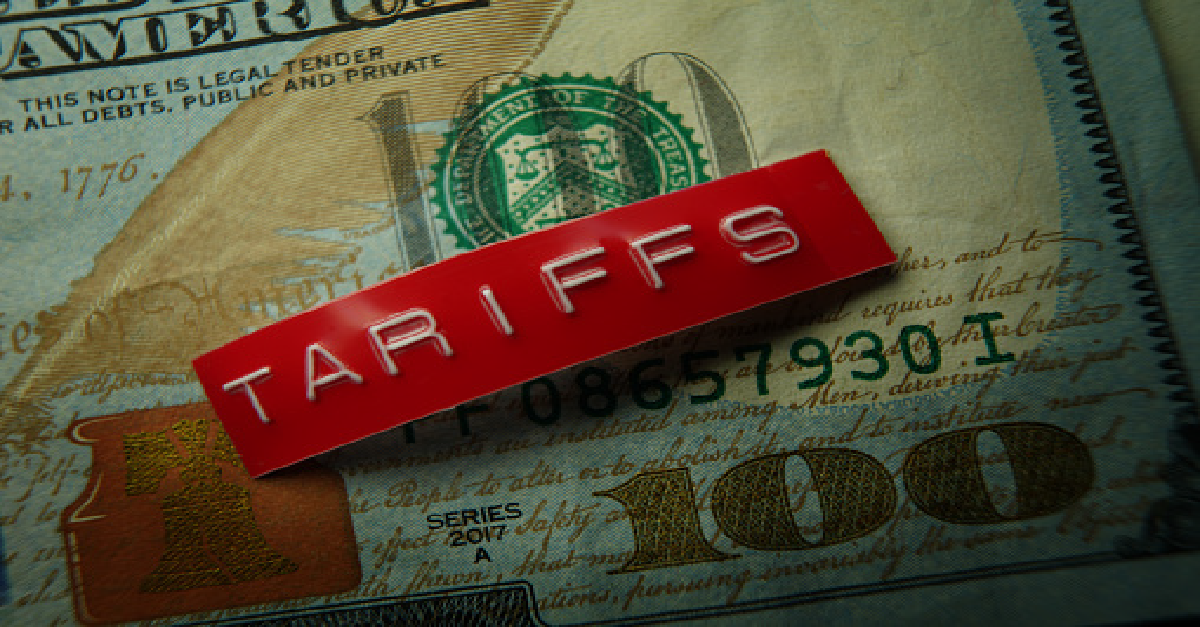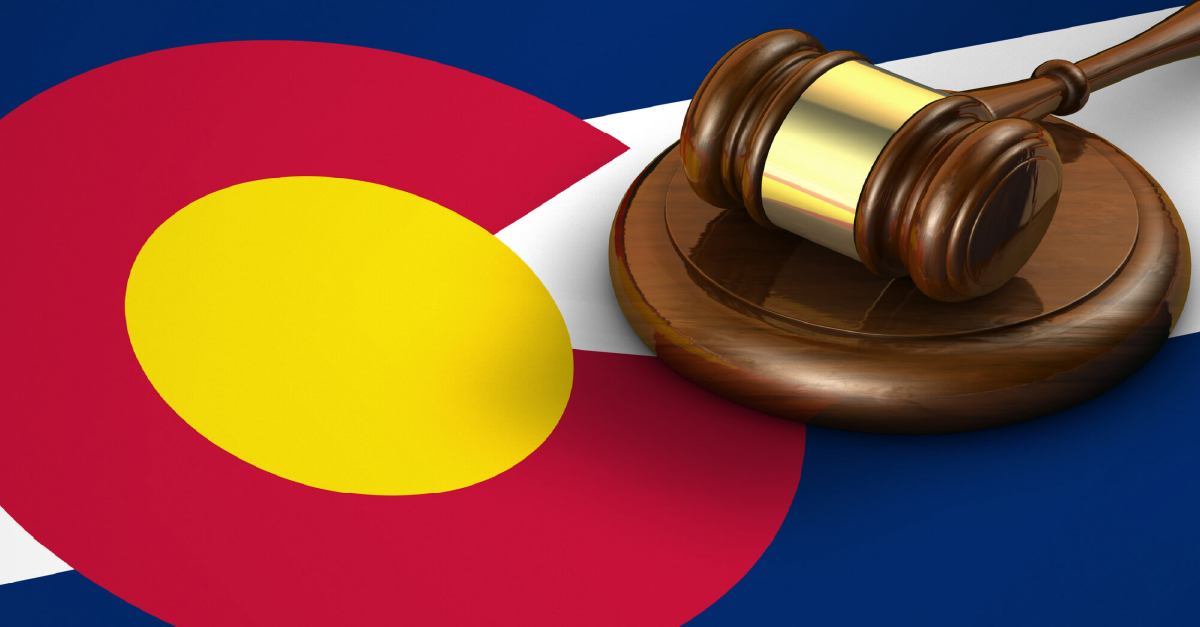To give readers a break from the hard stuff, here is a basic and easy puzzle for everyone. To keep things simple, this puzzle will only involve multiplication and positive integers.
Here are some positive integers:
G = 10100 (a googol)
GP = 10G (a googolplex)
GP! = 1 × 2 × 3 × … × GP (factorial of a googolplex)
Here are some sequences of positive integers:
A(1) = 2
A(n+1) = A(n)A(n)
B(1) = 3
B(n+1) = B(n)!
C(1) = 1
C(n+1) = 2C(n)
What is the smallest integer k that satisfies the condition for each of the following conditions?
A(k) ≥ GP! × B(k).
A(k) ≥ GP! × C(k).
A(k) ≥ B(k) × C(k).
Know the answer? Send your solution to ar@casact.org.
Lawn Mower Geometry
In this puzzle we were challenged to save young Don Mango from heat stroke by minimizing the time he spends driving a riding lawn mower through the sweltering heat of the Texas summer. Following are details of the riding mower:
- Makes a perfect 3-foot diameter circle.
- Travels at 10 feet per second.
- Turns on its center (rotates) at 45 degrees per second.
- Takes four seconds to stop (slowing down + turning + accelerating again).
Fields to be cut include the following:
- A 50-foot-by-100-foot rectangle.
- A 50-foot-(side A)-by-100-foot-(side B)-right triangle.
- Two different trapezoids:
- Two triangles attached on the 50-foot side of a rectangle.
- Two triangles attached on the 100-foot side of a rectangle.
Analysis of the problem suggests that optimal or near optimal strategies tend to involve cutting in the longest strips possible to minimize turning time.
Grand Master Puzzle Solver Bob Conger heroically composed a massive treatise analyzing and explaining highly efficient mowing strategies. It is posted on ar.casact.org, the AR magazine website, as it consumes too much of the print edition to include. The optimal times vary a little depending on exactly how the turning maneuver and its associated time penalty are interpreted. Conger arrived at the following estimated time intervals for optimal (or near optimal) strategies:
- Rectangle — 233 to 301 seconds.
- Triangle — 139 to 207 seconds.
- Trapezoids
- 50-foot attachment — 401 to 484 seconds.
- 100-foot attachment — 467 to 613 seconds.














